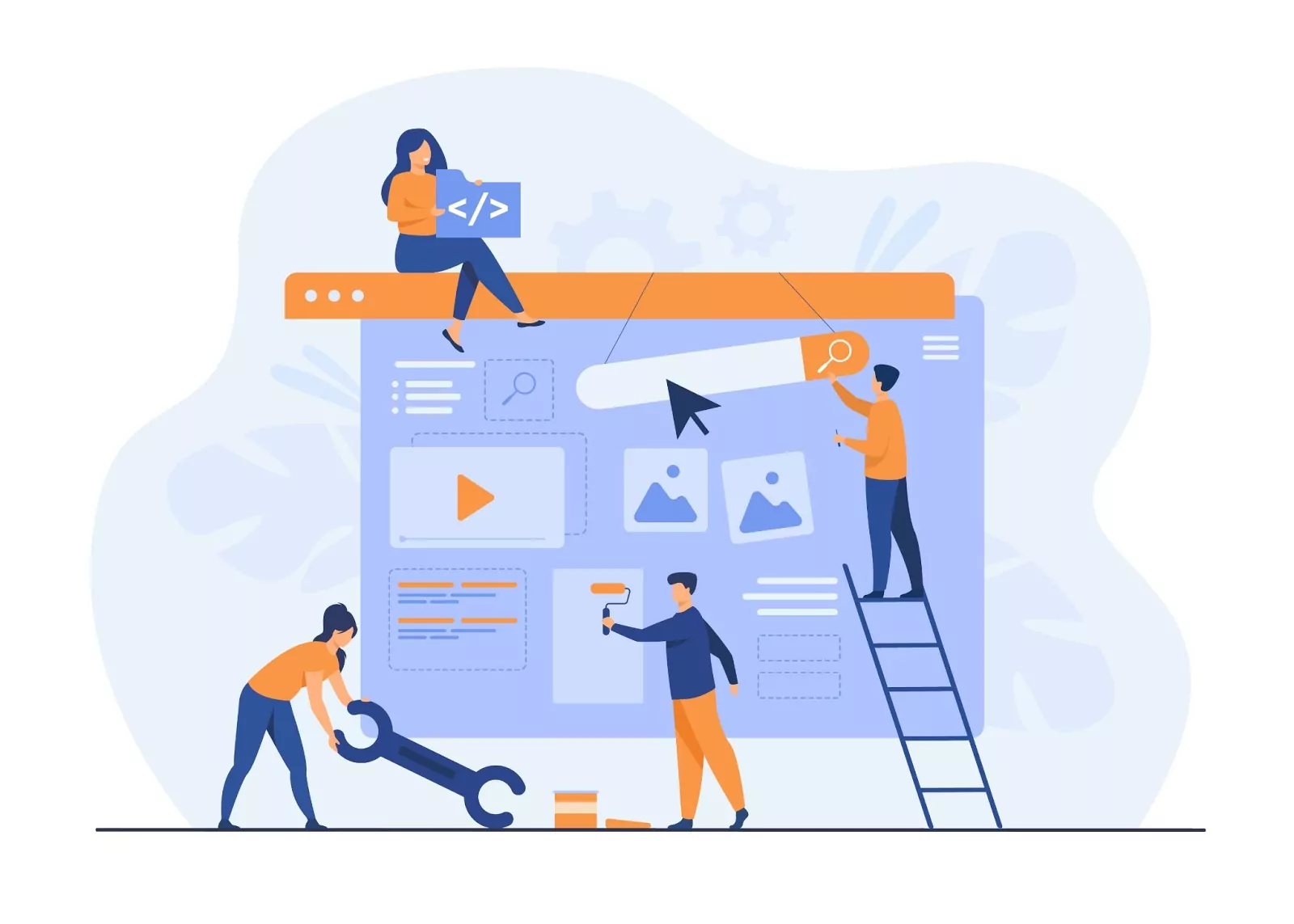While the COVID-19 pandemic has arguably made digitization’s importance clear to more construction companies than ever before, some management professionals are still skeptical about investing in digital workforce management systems.
Table of Contents
Keep reading to learn more about the benefits of making these investments and why failing to do so will leave your construction company behind.
What are digital workforce management systems?
Digital workforce management systems help construction professionals coordinate and track personnel-related metrics and concerns. One example of a digital workforce management system would be Bridgit Bench, our purpose-built construction resource management application.
With Bridgit Bench, construction management professionals can:
- set, visualize, and monitor workforce allocations
- track worker productivity
- identify and fill skill gaps
- create resource management reports at the click of a button
These are all essential features of digital workforce management systems in construction.
Benefits of implementing digital workforce management systems in construction
1. Improved productivity
Analysts (like those at McKinsey & Company) often highlight the construction industry’s slow adoption of digitization as a key driver behind its productivity slump. It’s not hard to see the rationale behind this argument, given that many construction companies still use basic spreadsheets (or worse, physical media like pens and paper) to conduct workforce scheduling and analysis.
Dedicated digital workforce management systems streamline these tasks. Consequently, they let professionals focus on making good workforce management decisions rather than keeping data organized.
The end result is that all workers (from those on job sites to those managing them from the office and even those working remotely) are more productive.
2. Improved communication
Keeping everyone in the loop on workforce management decisions can be a major challenge when relying on siloed systems (i.e., spreadsheets stored on individual workstations that need to be manually reconciled).
Any decent digital workforce management system made in 2021 and beyond ships with cloud functionality. Consequently, these systems help construction workforce management professionals effortlessly maintain a single source of truth. Changes in one version of workforce scheduling documents are automatically made everywhere else, leading to fewer communication breakdowns and conflicts.
3. Reduced costs
The labor costs associated with running a construction company can be quite high – particularly when workforce management is handled improperly.
Because digital workforce management streamlines this process, it can lead to significant cost savings. Consider, for example, that a disjointed workforce management system might result in the following challenges:
- Inappropriate worker allocations (i.e., workers being sent to jobs they are not ideally suited for)
- excessive numbers of workers being allocated to projects, leading to significant time waste
- inadequate numbers of workers being allocated to projects, leading to everything taking longer than expected
With a good digital workforce management system, professionals can foresee and proactively address these issues, saving construction companies significant time and money.
4. Improved resilience to major disruptions
As many construction companies have learned the hard way over the past year, life can be unpredictable.
Those with good digital workforce management systems in place when the pandemic hit could roll with the punches and stay productive despite the disruption. Those stuck using outdated workforce management systems, meanwhile, had to invest significantly in better processes at a time when resources were limited.
COVID-19 is not the last major challenge this generation of construction workforce management professionals will face. Digital workforce management systems will continue to offer tremendous benefits through resilience on the road ahead.
5. Increased compatibility with key partners
Construction companies that have failed to implement digital workforce management systems are falling behind their competitors and collaborators.
For example, subcontractors with poor workforce management protocols may find it difficult to keep up with expectations from general contractors and other subcontractors working on the same projects.
Such challenges will increase as digital labor management systems become more widely adopted throughout the industry, and those still relying on old protocols are left behind.
6. Happier, more motivated workers
Digital workforce management systems allow professionals to work remotely, which research indicates is a major boon for productivity and job satisfaction.
Even professionals who have to continue going into the office (or onto the job site) often find digital workforce management systems increase their happiness levels at work. That’s because these systems increase accountability and make attribution easier.
In other words, workers recognize their efforts will be better tracked and recognized through digital workforce management systems. This is a major driver for worker motivation.
7. Better long-term workforce management
Many of the benefits we’ve discussed thus far apply to day-to-day aspects of workforce management. However, digital labor management systems can also provide many long-term benefits as well.
For example, they help with long-term strategic human resource planning (i.e., identifying and addressing skill gaps, forecasting workforce needs, etc). These tasks are much harder to complete with archaic workforce management systems, leaving professionals struggling to handle basic organizational tasks rather than employing workforce intelligence techniques.
8. Improved quality of work
By improving efficiency within construction companies, digital workforce management systems ultimately lead to higher-quality deliverables, benefitting clients (and the broader public, in the case of large-scale civil projects) as well.
9. Improved employee recruiting and retention
The construction industry has been facing a severe worker shortage for several years. Therefore, worker recruitment and retention are essential duties of any construction workforce management professional.
Digital workforce management tools help with these tasks by allowing construction HR professionals to create comprehensive employee progress plans that keep workers engaged.
With archaic workforce management systems, workers’ progress through the organization is often poorly tracked and uncoordinated. Many productive and ambitious workers struggle to thrive in such an environment, which places disorganized companies at risk of losing them (or never being able to hire them in the first place).
We hope this article has helped you understand the benefits of implementing digital workforce management systems in construction. If you’re a construction company looking to add such a system to your workflow, request a free demo of Bridgit Bench, our award-winning construction workforce management software.


